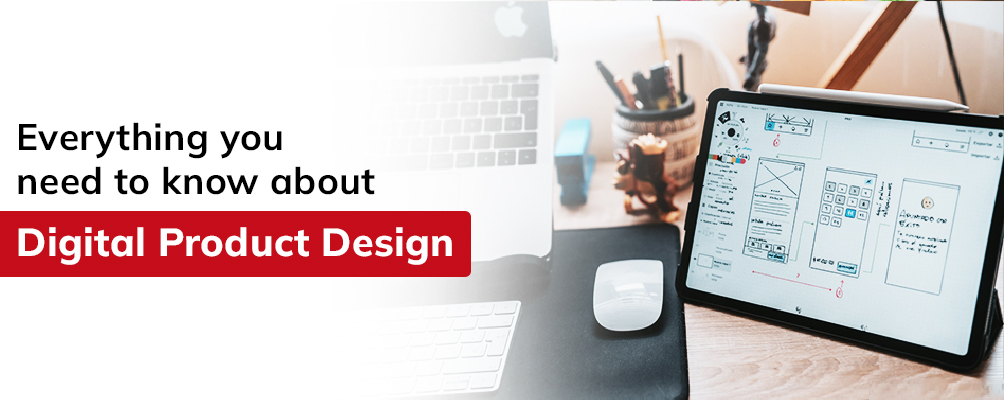
Digital products that solve user-problem in just a few clicks have become increasingly popular now. But, a lot of thought goes into preparing such a product that the audience will continue to use. Therefore, creating a product demands extensive research, planning, designing, and other essentials to meet user expectations.
So what makes users rely on a digital product?
The answer is a good user experience. To deliver a good user experience, the product design should have the essential elements that will result in users relying on it.
Here are five elements that help build a good user experience
Authentic idea: The genuine purpose of the product should be clear in product design. If the purpose is not clear, the team will not know what to add or omit from the product design. This will confuse users about the product and they may find it irrelevant. You should be clear -about how you help the user reach from situation A to B with zero distractions.
Unique experience: People are likely to stick to habits that are easy to perform. Similar is the case with digital products—users prefer easy-to-use products. Therefore, we cannot compromise on delivering a unique and intuitive user experience. Exploring the app should be very easy for users.
Effective product design: A study by Forrester says that a good design can boost conversion by 400%. Your product design should offer a friction-free experience. An impactful design like that never goes unnoticed. A design where every detail is not visible, but does its work, improves performance while reducing distraction.
Solve one problem, but do it well: Trying to solve multiple user problems from one product can confuse users. Your product’s focus should be to solve one problem and do it extremely well to increase users’ dependency. This will also avoid clutter on your product. A focused product idea that has a simple design and zero clutter always works.
Make interesting product interactions: Solve pain points for users while delivering them an interactive experience. This will engage the users with your product and increase the chances of product use.
The Process of Digital Product Design
Digital Product Design refers to the process of creating and designing user-centered digital products, such as websites, mobile apps, software interfaces, and other digital platforms. It encompasses a holistic approach that combines aesthetics, functionality, user experience, and business objectives to craft compelling and effective digital products. Once you have an understanding of the elements of digital product design, you can start creating the design. Let’s take a look at the steps.
- Visualise and Define
When you plan to solve a real problem for users, you start with visualizing the customer journey. Mapping the user journey will help you define the goals of the product. In this phase, the stakeholders and the design team together create a product strategy for how the product will resolve a specific pain point for users. The team will create user personas to understand the psychology of potential customer. On the basis of this, they will introduce features that grab users’ attention and hook them to the platform. It is all about creating an intuitive design that helps users rely on your product.
- Ideate Solutions
Pay attention to possible issues or lags that might spoil the user experience. Try and find different solutions to those issues. Ideating solutions will help you add UX/UI features that simplify exploring /using a digital product. Users are more willing to stay with products that are easy to use and solve problems in real life.
- Wireframing and Prototypes
A wireframe is a basic structure having all the important features of the digital product knit together. Wireframes help create a prototype, an interactive layout of a website or application, that can be used for testing. You can build a prototype to see how the product functions and the kind of experience it offers to users.
- Creating design specifications
With design specifications, developers can turn a prototype into a working model. They place all the visual design assets on the basis of the final specifications.
- Creating design systems
Design systems simplify the design process for large projects. Creating a design system will enable efficient coordination between designers and developers, and avoid confusion about the design process.
- Testing
The product undergoes testing before the final launch. To check how people will interact with the digital product, you can test it in a closed group. Pick the right questions for users to seek their response if the product meets their expectations and what changes can be made to improve the user experience. Therefore, testing helps to resolve glitches or fix errors that impact the product’s performance and user experience.
Conclusion
Creating a good product involves extensive research, creativity, and a skilled team that can bring the idea to life. At Nickelfox, we have the right assets, in terms of tools as well as a team to help you turn your idea into a usable product.
No Comments